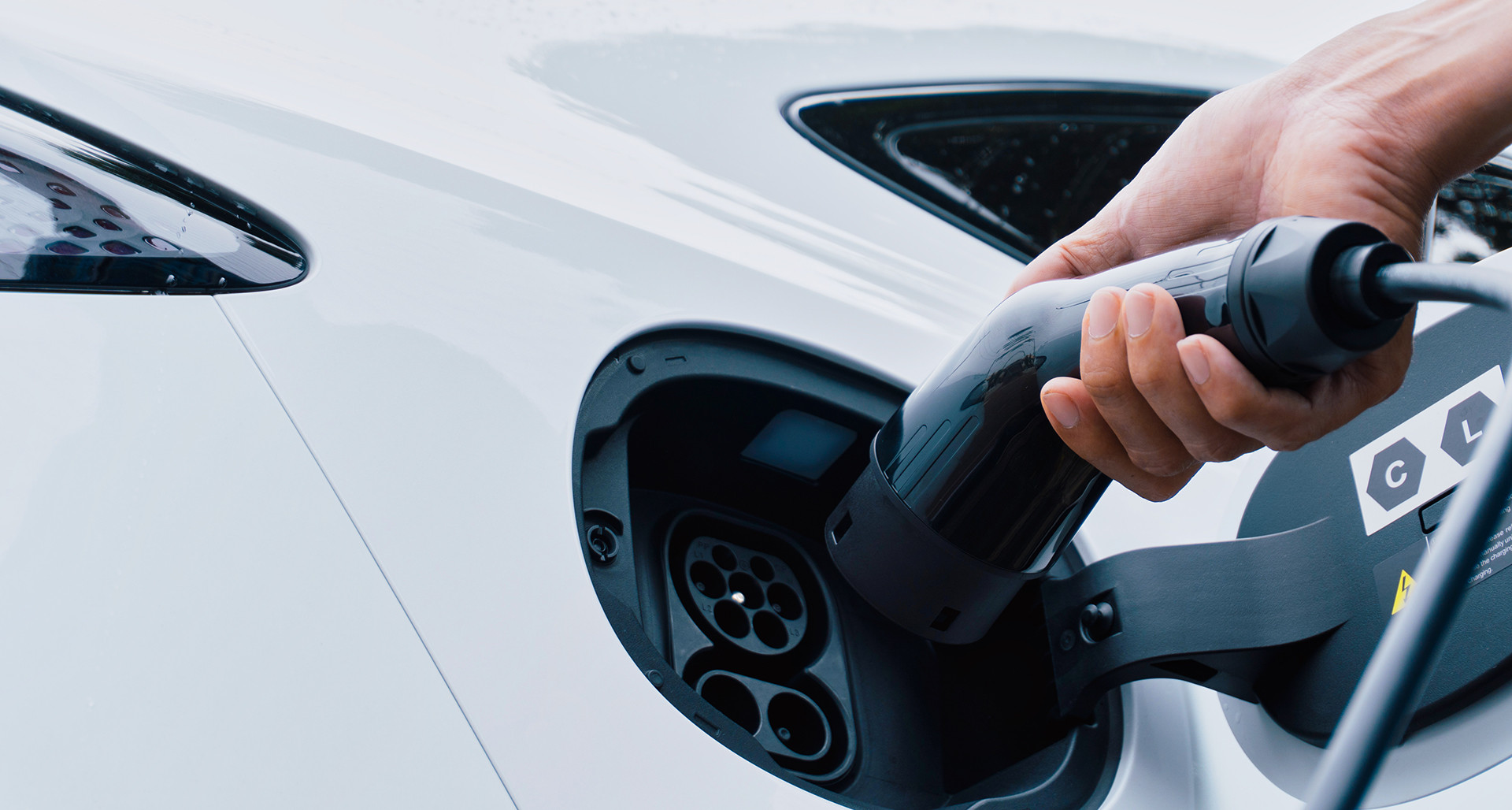
The credit for new EVs is up to $7,500, while that for a used EV is limited to a maximum of $4,000.
LEARN HOW YOUR PLANNED GIFT CAN HELP THE AMERICAN LEGION
The tax credit for electric vehicles (EVs) will be available until Sept. 30, 2025. The One Big Beautiful Bill Act (OBBBA) repeals the credit after that date. The credit for new EVs is up to $7,500, while that for a used EV is limited to a maximum of $4,000.
July and August sales of EVs have increased substantially. A report from Cox Automotive indicated that July sales were up over 20%. The report also noted that the average price for a new EV was $55,689 and the used average listing price was $35,263.
Several companies are competing in the EV market. The five top EV companies in order of sales volume are Tesla, Chevrolet, Hyundai, Ford and Honda.
There is a sense of urgency in the market. However, buyers are advised to research EV ratings. There are multiple organizations that provide reviews, and these can be located by using any of the popular internet search engines.
In addition to reading reviews on specific EVs, owners should also examine their capability to charge an EV. Nearly all owners will need to charge their EV at home. A Level I charging system can use a standard 120V outlet. However, many EV owners prefer a higher-amperage Level II charging system. Level II typically requires an electrician to install a 240V outlet near where the EV will be parked, likely in a garage. Prospective EV owners should research the costs of installing a suitable outlet for charging an EV.
Taxpayers must also check to see that they qualify for the EV credit. The credit for new vehicles is available for individuals with a modified adjusted gross income (MAGI) up to $150,000 for an individual or up to $300,000 for married couples. For the EV credit for used cars, the MAGI limit is $75,000 for an individual or $150,000 for a married couple.
If your income is over that limit, you will not qualify for the credit. However, the IRS permits you to use your 2024 or 2025 income to qualify. If your income this year is over the applicable limit, you still may be able to qualify based on your income in 2024.
An important taxpayer benefit is the flexibility to order and make a down payment on a car by Sept. 30. If "a written binding contract is entered into and a payment has been made" by then, the actual transfer of ownership of the vehicle may occur later and the credit will still qualify.
Another option is to lease an EV, as dealers are permitted to pass along up to $7,500 in credits with a lease. Because over half of EV purchasers lease their vehicle, this is a very helpful benefit. The buyer should examine the contract carefully to ensure that the dealer is passing along the credit.
The average car lease in July was $582 per month. However, Edmunds lease data reflects that EV lease payments were lower, coming in at $538 per month.
While auto manufacturers are likely to continue to offer EVs, they will also continue to promote internal-combustion-engine vehicles. OBBBA created a new deduction for up to $10,000 in interest on auto loans. Cars can qualify, in part, by having final assembly in the United States. This limit is applicable for single individuals with incomes under $100,000 or a married couple with income under $200,000.
The American Legion’s Fund Development program is a way of establishing your legacy of support for the organization while providing for your current financial needs. Learn more about the process, and the variety of charitable programs you can benefit, at legion.org/plannedgiving. Clicking on “Learn more” will bring up an “E-newsletter” button, where you can sign up for regular information from Planned Giving.
- Planned Giving

